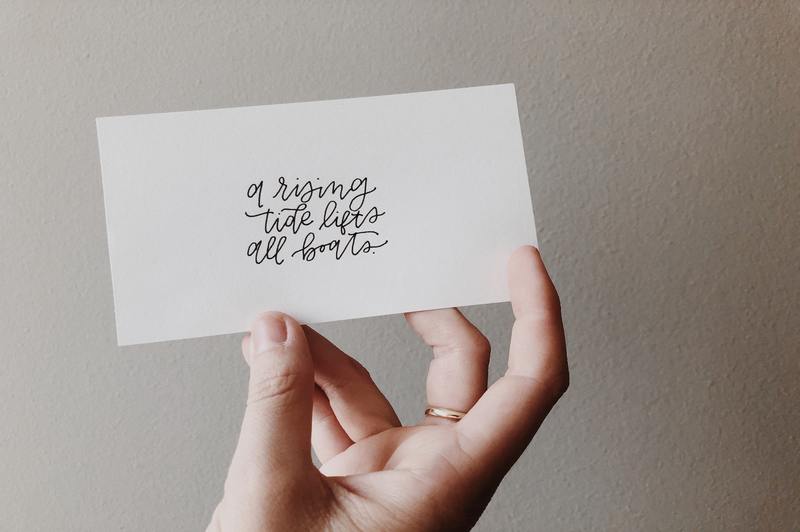You are apparently here to learn the steps on how to fix a water damaged card. However, we will provide you with more information so you can treat this article as your ultimate guide on damaged cards!

How To Fix A Water Damaged Card
Collectibles are susceptible to liquids. Always take precautions to keep your cards safe from water or other liquids.
You might be able to preserve your cards if they get wet. Books, smooth paper with plastic bins, as well as penny sleeves and binders, will all be beneficial.
You’ll start by drying them, then work on restoring them.
We’ll discuss what to do if your cards become wet in this article. We’ll also discuss what not to do with damp cards.
If you take your time and employ the right procedure, you can save some waterlogged cards. Continue reading to learn what works and what doesn’t.
The Problem With Drying The Cards
Don’t put off drying out the damp cards any longer. Cards that are left damp for an extended period of time are more likely to be damaged, rubbed, or moldy.
You can’t repair any of those forms of harm. As soon as you detect that your cards have been ruined by water, get to work on repairing them.
Most of us will assume that drying out damp cards is a good idea. Will it be successful? They will, without a doubt, dry out.
They will, however, be in poor condition. Cards that air dry while resting on any flat will probably curl and wrinkle.
A Better Alternative
Here’s a better solution. One damp card should be placed between the glossy pages of a high-quality book.
Make certain you’re not using newsprint. Ink transfer is a problem with newsprint paper. On your cards, you’d end up having phrases or photos from the newsprint.
Lock the book with the card inside and place something heavy on top of it. This allows the pages to absorb the moisture away from the wet card by pressing them together closer around it.
Allow it to sit for about 10 minutes. Then transfer it to a new set of dry paper. Continue this procedure until the card is completely dry.
Having A Large Amount Of Wet Cards
The book approach may take far too long to dry a large stack of damp cards. Get a card case with a detachable lid made of plastic.
Between each of the wet cards, place a piece of smooth paper that can seep without breaking down. Cardstock, for example, will suffice.
You must ensure that the card case is completely filled. There shouldn’t be any leftover space. If there’s a hole in the case because there aren’t enough wet cards, fill it with dry cards.
Close the case and lock it securely with a rubber band, twine, or anything else you can tie it with after it’s full. Then, on top of that, lay something hefty.
Allow 10 minutes for the case to cool. You’ll need to replace the absorbent paper every 10 minutes or so until the cards are completely dry.
There should be no card warping as long as the case is sufficiently filled.
Restoring Water Damaged Cards
Wet cards happen all the time, and we don’t even realize it. Other times, we use techniques for drying cards that aren’t recommended.
Water-damaged cards with warping, bending, and wrinkling are common when this happens. So, what are our options?
Using penny sleeves and sturdy books is the best option. Fill the sleeves with your battered cards.
After that, tuck them in between the pages of a book. Put something weighty on top of the book and close it.
Hold the cards there for as long as necessary to flatten them.
9-pocket binders are used in the same way. Place the twisted cards in the binder’s compartments.
Close the door and cover the entire binder with something thick. Allow the weight to rest on top for as long as necessary to smooth out any bumps or wrinkles.
What Not To Do With Water Damaged Cards
Some things appear to be beneficial, yet they aren’t. To dry cards faster, avoid using a blow dryer.
While it will hasten up the drying process, the cards will curl and deform as a result.
Don’t just lay the cards out flat in the open. It’s best if the cards are allowed to dry slowly.
They must, however, be kept straight during the drying phase to prevent warping. This is why thick books with loads on top of them are so effective.
If it happens that the cards had been infested with mold, check out this article on the basic steps on how to remove mold from water damage easily
If your problem is a waterlogged cardboard, check this article on how to pull apart water damaged cardboard.
Conclusion
Learning the steps on how to fix a water damaged card will save you from wasting money to pay other people. These DIY steps will make you not spend bucks!
